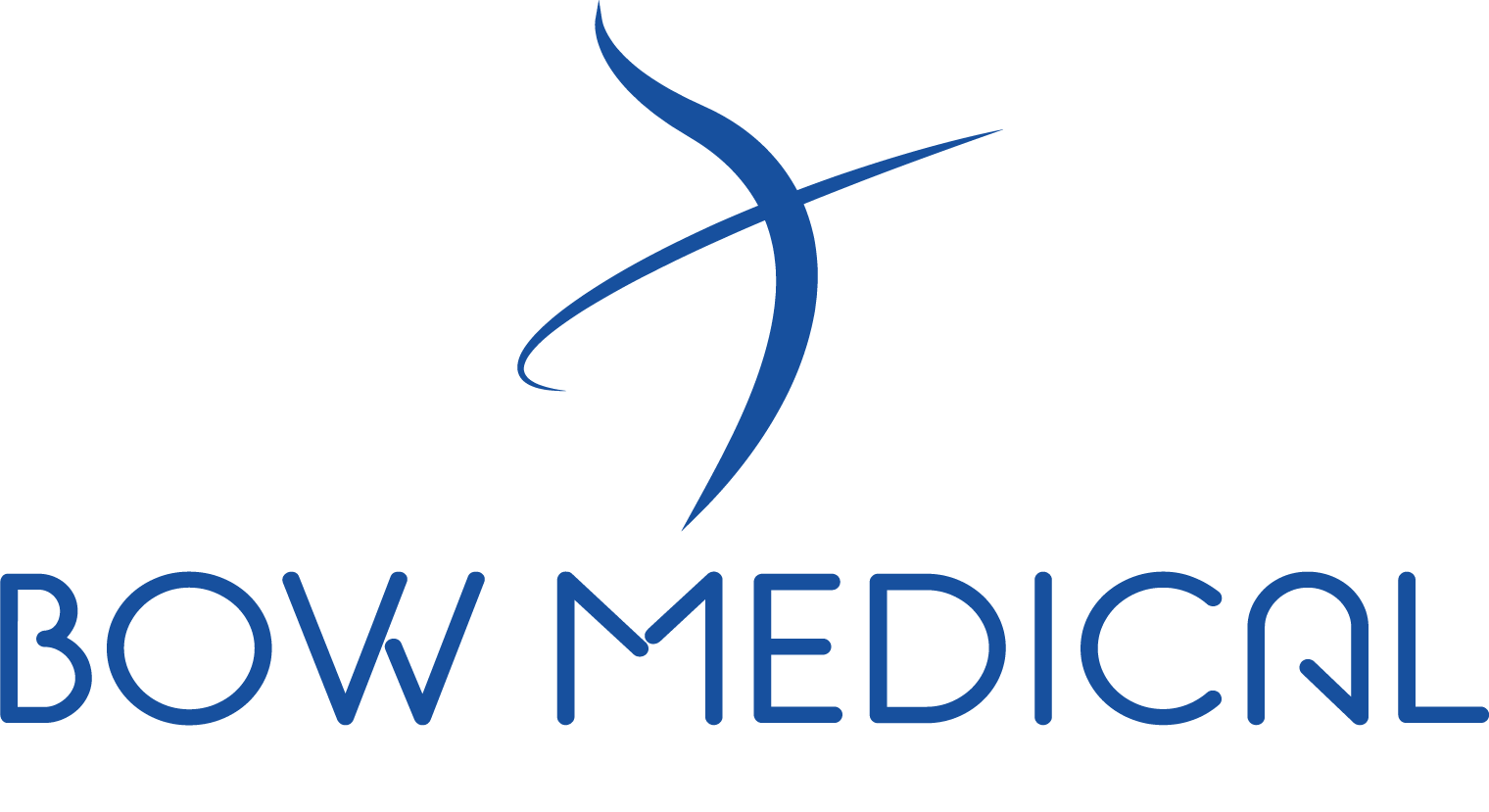In scientific fields, particularly in medicine, precision and efficiency are crucial elements that can directly impact patients’ lives.
Anaesthesia is one specialty where avoidable errors can have serious consequences. In this article, we will explore the importance of precision and efficiency in anaesthesia monitoring.
We’ll see how the repercussions of human errors can be diminished by digital systems, such as Diane Op, which can play a major role in minimizing them.
The Importance of Precision and Efficiency in Anesthesia Monitoring
Anesthesia monitoring is a vital step in the medical care process, where safety and vigilance are paramount.
Errors or delays in data documentation, patient vital sign monitoring, or communication among medical teams can have serious consequences. That’s why precision and efficiency are essential in this phase of care.
- Precision: Accurate documentation of data is essential to ensure that healthcare professionals have precise information about the patient’s condition, doses of administered anaesthetics, medication reactions, etc.
Precision is key to making informed decisions and avoiding potential medical errors. - Efficiency: Efficiency in anaesthesia monitoring is linked to how quickly data is collected, analysed, and shared among teams. Delays or inefficiencies can lead to delays in care and late interventions in case of complications.
The Repercussions of Human Errors and How Digital Systems Can Minimize Them
Human errors are unfortunately a reality in medicine. Even the most competent healthcare professionals are subject to the human factor in healthcare.
These errors are often due to the complexity of medical procedures and the pressure of the moment. Errors in anesthesia monitoring can have serious consequences, leading to injuries or loss of human lives.
However, digital solutions, like Diane Op, offer ways to minimize these errors and save lives.
Reduction of Transcription Errors
One of the major advantages of digital systems is the reduction of transcription errors.
Information is entered automatically, thus eliminating the risk of omissions, typos, or misreadings. The data is precise and directly accessible, enhancing patient safety.
Real-Time Alerts
Systems like Diane Op are equipped with real-time alerts that notify healthcare professionals of anomalies or data outside normal ranges.
These alerts allow for immediate intervention in case of a problem, thereby reducing the risk of errors that go unnoticed.
Medication Traceability
Medication traceability is essential to avoid dosage or administration errors. Digital systems allow tracking of each dose of administered anesthesia, ensuring that doses are precise and compliant with the anesthesia plan. In conclusion, precision and efficiency in anesthesia monitoring are crucial elements for patient safety. Human errors are inevitable, but digital systems offer ways to minimize them.
By eliminating transcription errors, providing real-time alerts, and ensuring accurate medication traceability, these software solutions play a major role in saving lives and improving the quality of healthcare.
Modern Solutions for Enhanced Anesthesia Monitoring
Computer modules, such as Diane Op, address the challenges of the traditional system. This software solution offers a new approach to anesthesia management, using the power of technology to improve patient safety and care efficiency.
Diane Op relies on automated data entry, real-time alerts, and interconnection between different stages of the anesthesia process. These features reduce the risk of errors, improve coordination among medical teams, and allow for in-depth data analysis for better quality care.
In the upcoming articles, we will explore in more detail how these technological solutions redefine the standards of modern anesthesia, focusing on the specific benefits they offer to healthcare professionals and patients.
About Bow Medical
Bow Medical is a leading European company specializing in software for critical care.
For over 20 years, Bow Medical has been designing the Diane software platform to improve and secure critical care in anaesthesia and intensive care.
The provision of software solutions for critical care management is a specific segment of the patient record that requires strong industry expertise.
Its digitization brings added value focused on performance, reliability, security, and time optimization.
More than 450 hospitals and clinics use our software daily, with 5 million anaesthesia consultations per year performed in Diane Poa (approximately 70% of computerized consultations in France).
Over 3,000 operating rooms are equipped with Diane Aims, and more than 1,200 intensive care beds facilitate patient care through Diane Icu.





